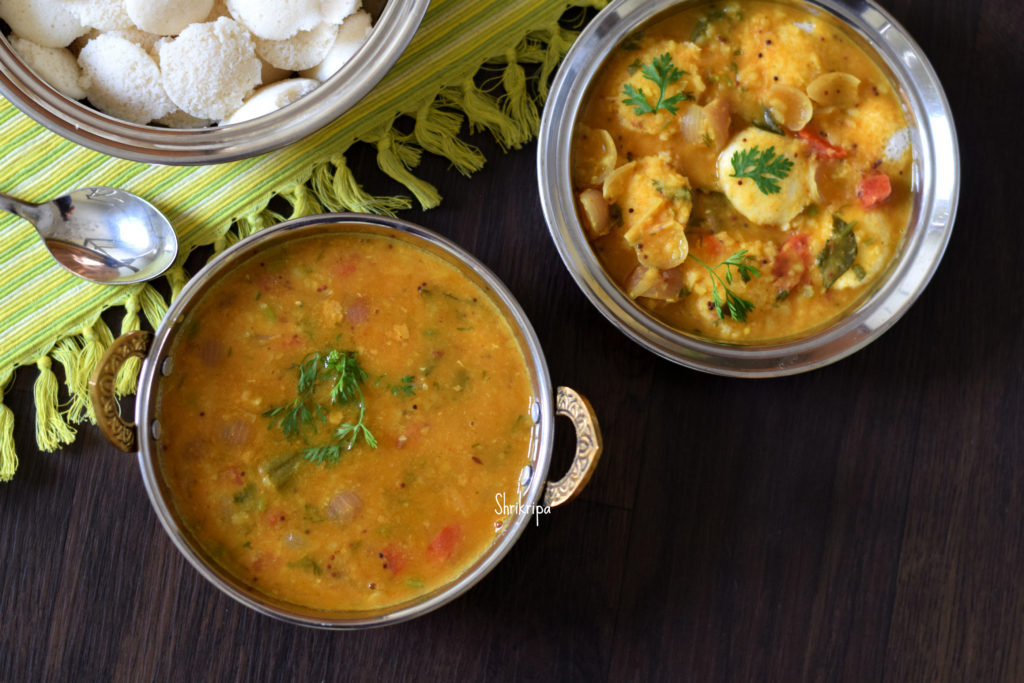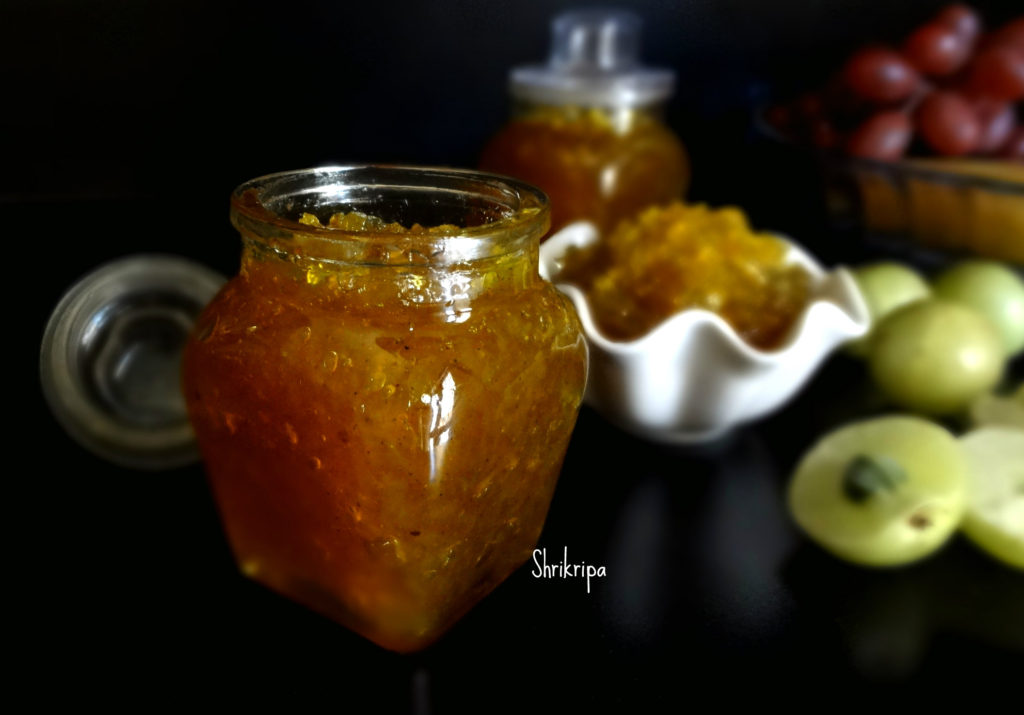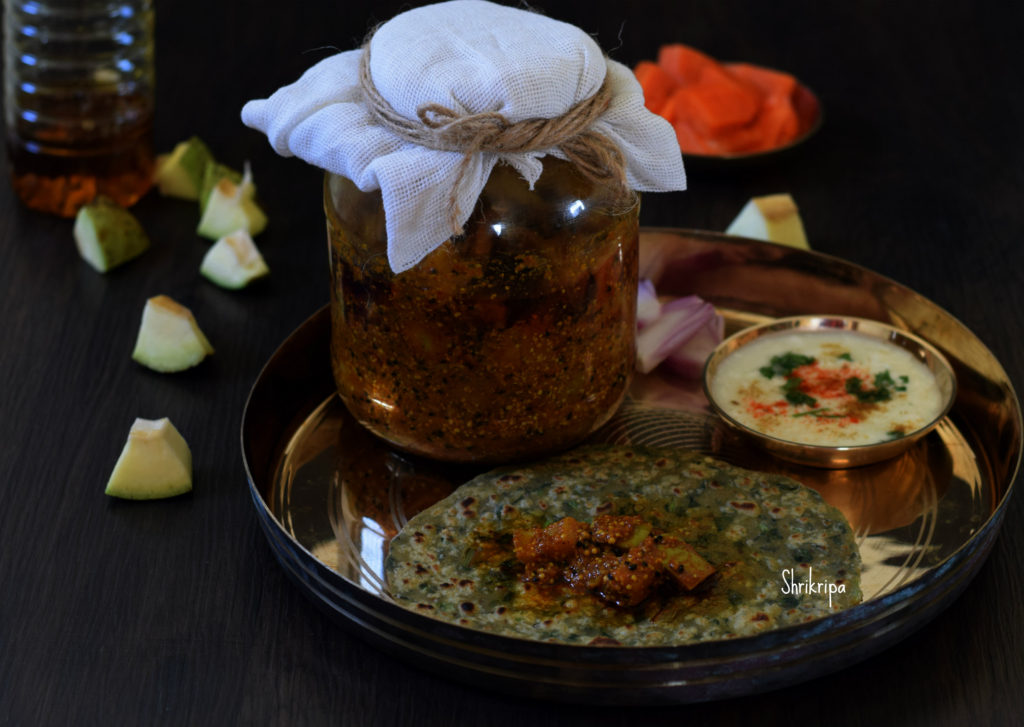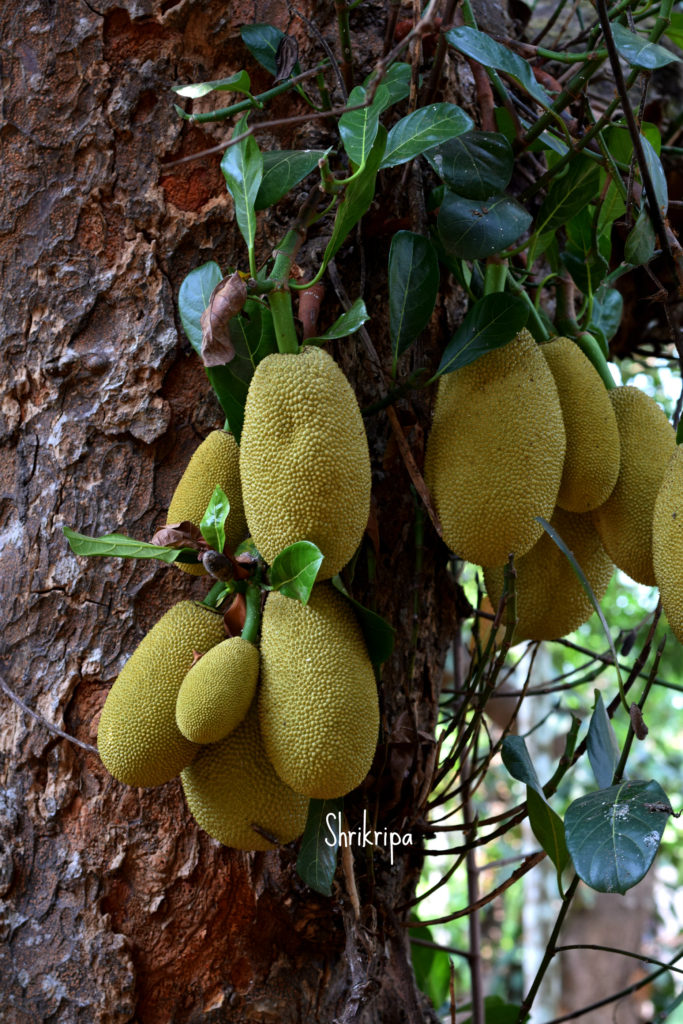Tiffin usually depicts south Indian breakfast. Normally Idli, Dosa, Pongal. This particular sambar is very good combination with Idlies or dosas as well as goes very well with mini idlies which normally known or served as 14 idlies, mini idlies or button idlies at restaurants.
In this sambar, we don’t use any coconut and basically a seasoned mixed dhal with sambar powder as well as baby onions, tomatoes and with or without drumstick pieces.

Ingredients:
Toor dal – 1 cup
Moong dal – ½ cup
Green chillies – 2 (slit)
Baby onions /shallots – 20 (halved)
Tomato – 1 (chopped)
Drum stick – 1 (Cut into 2” pieces) (optional)
Tamarind – 1 tsp
Salt
Jaggery – 1 tsp
Turmeric – 1 tsp
Sambar powder – As needed
Chopped coriander leaves – 2 table spoons
Seasoning:
Oil – 2 table spoons
Mustard – 1 tsp
Cumin – 1 tsp
Hing – ½ tsp
Curry leaves – 1 string
Method:
-Wash and cook toor and moong dal in a pressure cooker. Mash and keep aside.
-Take one tawa, do seasoning. Heat Oil, splutter mustard, cumin, hing and curry leaves.
-Fry onion until it is transparent. Add turmeric, green chillies, tomato and drumstick pieces as well as salt and fry until tomato cooks.

-Add Sambar powder toss for 2 minutes and pour tamarind water, jaggery and boil.
-Add Cooked dal and adjust the consistency and boil nicely.

-Garnish with chopped coriander and serve as a side dish for any south Indian breakfast items.
-If you are serving with Button idlies/ mini idlies Pour one to two serving spoons of sambar, place 14 idlies and once again pour some sambar over those idlies and serve.

























